Out of the blue! The Waldorf Rocket (that synth from another star) fell directly into many music shops – and right into many local studios. Without the usual fanfare. And with an (for Waldorf) unusual array of knobs and switches. No presets.
If we were going by size, we’d call it “Pocket”. That would have put all of those Waldorf slogans („… it’s much louder than the legendary Saturn V engine“) into realistic perspective. But let’s forget about that. The Rocket is here to stay.
Just one additional thought about the Rocket before we get down to business. Let’s not forget that the Rocket came onto the market for 244 Euros (retail price), that’s 222 Euros street price.
So, from this point, critizism on musical terms is relative. The price-performance ratio of the Rocket is fair, if not excellent. For this reason a lot of people just pick it up on their way out of the store. Please consider the following critical remarks to be constructive suggestions …
Noble design and dependable hardware
The beautiful design doesn’t surprise us, since Axel Hartmann was holding the pen. Hartmann has been a synthesizer design icon for decades. Still, Hartmann’s wide variety of excellent designs amazes us again and again. The Rocket is no exception. The clear panel layout and the tasteful color scheme is exemplary.
Not only the visual, also the tactile aspects are well-thought out. The big knobs feel good in your hands as do the silver switches. The chassis may be almost completely plastic, but the top and back are metal. A good compromise.
The power supply doesn’t come from an internal trafo, of course, but from a USB adapter, at least. The (USB) port is certainly more reliable than the usual small (shaky) 9V / 12V power sockets. It’s a practical and appealing solution.
How it works
The Rocket not only landed in a jiffy, it’s just as quick to describe:
- 1 (up to 8) digital oscillators, waveforms: saw (with sync) and pulse (with PWM)
- Analog multimode filter: lowpass – bandpass – highpass
- 2 envelopes (theoretically, but with limitations)
- Combined LFO / arpeggiator department
- VCA with Boost Function
- Glide
- MIDI
- USB
- Audio IN / OUT
- Phones Output (with volume knob)
- Launch knob (for manual triggering)
Those are the facts. Surprisingly enough, the well-organized Rocket isn’t always that easy to operate. At least not then, when you’re looking for sounds and nuances beyond the standard vintage-sawtooth sound repertoire.
Down to the nitty-gritty
Oscillators
“An” oscillator means eight. Got it? The oscillator offers saw and pulse. This is where the tricks start. Each waveform offers additional possibilities.
WAVE – sawtooth
The synchronization of the oscillators is determined in the – militarily speaking – 7 to 12 o’clock position. Sync sounds range from long sync sweeps to very short sync effects.
At 12 o’clock (middle position) there’s only one (sawtooth) oscillator active.
Turning the Wave knob in the direction of 5 o’clock adds more sawtooth oscillators to the basic oscillator. Up to a total of eight (call it unison – or SuperSaw or PolySaw cluster). A big, fat sound, in any case.
WAVE – pulse
“7 to 12 o’clock” regulates the pulse width. All the way from needle impulse (= silence) to 50% pulse witdh, which means rectangular wave. The “twilight” between no sound (needle impulse) and sound can be very appealing.
At 12 o’clock there’s no sound at all. The internal sound is switched off. If only because the Rocket oscillator needs to be switched off if an external audio signal is to be used exclusively.
Turning the Wave knob in the direction of 5 o’clock modulates the pulse-width by the internal LFO. Very nice.
This shows that you have to have your wits about you when operating the Waldorf Rocket. There’s no PWM label (ok, ok … there are those little symbols…), but it’s there. The oscillator OFF position isn’t there at a glance, but it can be reached by a certain combination. And the number 8 stands for SuperSaw.
TUNE
Perfect pitch is not exactly what we mean. TUNE has no influence on the basic oscillator frequency. Although the de-tuning of oscillators IS possible. But let’s start at the beginning.
“7 to 12 o’clock” sets the start frequency of the sync oscillator. But only if you select saw in sync-position! So: turn the silver switch to SAW and don’t forget to turn the WAVE knob counter-clock-wise to activate sync. If the WAVE knob is turned further (for more sawtooth oscillators), TUNE controls the amount of detune.
Predefined musical intervals are created by turning the TUNE knob from 12 to (almost) 5 o’clock (remember: the WAVE knob has to be at the right for poly oscillators).
UNISON mode is active if both knobs – WAVE and TUNE – are in their rightmost position (5 o’clock). In unison mode, all (up to eight) sawtooth oscillators sound with the frequencies of the held notes. So, if you play a chord, that chord is played by the oscillators … If you play a single note, all eight oscillators play that too (slightly detuned, to enrich the sound).
But be aware: there’s only one VCF and one VCA. So, you don’t get “real” polyphony. It’s homophony, to be exact. All notes of a chord have to be released at extactly the same time, otherwise you get single unison-sounds sporadically turning up here and there. Well, you’ll probably be using a softare (MIDI) sequencer, so imprecise playing shouldn’t be a problem. But of course: the Waldorf is “not” capable of eight independent voices. It just produces chords. That’s it.
GLIDE
Continuous gliding from one note to another is only possible by actually playing LEGATO. If the arpeggiator is on, glide is controlled by the selected arp pattern. When using the regular arpeggiator modes (up, up/down, random) glide is de-actived.
Voltage Controlled Filter
The multimode filter offers lowpass, bandpass and highpass. Acoustically very appealing. And there are no tricky combinations (as in the oscillator department).
Keyboard-Tracking can be 0, 50 or 100 %. Filter resonance is state-of-the-art and the VCF envelope can be fully regulated.
All in all, the tonal yield of the bandpass and highpass mode can be a bit disappointing. Audibly, there’s not much difference. Although it’s really good that the multimode is available, giving you a variety of sounds … of course.
Then there’s BOOST. It overdrives the sound. Something which is especially effective with higher filter resonance. But the Rocket may take off on it’s own, wildly, so to speak. Careful there …
VCA / envelope(s)
Those two envelopes are a story of their own. Ok, theoretically they are there. But practically speaking, you have to reckon with some real limitations. Too many, we feel. There’s a lot of musical potential that gets lost there. But, one thing at a time …
In effect, the only thing that can be regulated is decay. That’s important, of course. No question about that. And you can turn off sustain (for the VCA, we guess), as well as release (for VCF and VCA). What’s missing – surprise, surprise – is the attack parameter. It’s just not there. All sounds begin with a predefined attack-time. Which, of course, is short. Other attack times cannot be set. Which eliminates a lot of acoustical possibilities. What a pity.
Low Frequency Oscillator, Arpeggiator and Vibrato-LFO
The LFO ranges from 0,05 to 50 Hertz and offers rectangle, triangle and sawtooth. Perfect for slow filter sweeps (VCF) and octave-modulations (oscillator). But higher frequencies are neither fish nor fowl. At 50 hertz they’re too slow for really impressive filter FM modulation effects. They’d have to be at least 100 hertz (or more). So 50 hertz doesn’t make much sense.
Flip the TAGET switch to ARP to activate the arpeggiator. A nice little toy (and acoustically inspiring). It offers UP, UP/DOWN and RANDOM plus 8 programmed patterns. (As with the Quasimidi The Raven, for example).
The Rocket offers a separate vibrato-LFO! Not obvious at first, but, happily, it’s available. Pushing the master keyboard’s modulation wheel activates this (second) LFO. The vibrato frequency has been set at an unnaturally high rate (as is often the case), but can be modified by the MIDI command #80. This LFO is very useful for lead sounds, since you can add vibrato “and” the main LFO (for nice filter sweeps, e.g.).
Phones or Line – a question of volume
The one knob still to be discussed is the phones knob, the headset volume control. Nice, but on the other hand, strange. Wouldn’t it have been technically possible to call this knob VOLUME and give it the function of adjusting the total volume of the instrument? Apparently not. Which is a shame. Rocket volume can only be adjusted at your studio mixer, or – if you’re really desperate – by turning both the filter frequency and the resonance to Zero.
Since the Rocket will be generally used in combination with other instruments, it’s not logical that it can only be regulated by way of the headphones. A volume knob would have been much more practical …
The Rocket in use
A very impressive sound. Maybe not quite as loud as the legendary Saturn V rocket, but still: penetrating, powerful, electronically inspiring. Considering it’s size, the Rocket is impressively flexible. Here and there it’s even innovative. The arpeggiator imparts the Rocket with additional speed. The number of varying oscillator waveforms / sounds possible is impressive. Handling is also very well thought-out. The big knobs and the clear design are fun.
But we do have a couple of questions. The complex oscillator department requires precise thinking. There’s a lot of pushing and pulling necessary in order to arrive at the sync-sound you’re looking for. Trial and error might (sometimes) be the order of the day. By the way, noise is missing! And as we have said, volume control would have been nice.
A small addition to the topic of sound. First impressions are important in life and they’re important here, too (since they often prove to be right). And our first impression of the Rocket oscillators is: “What’s the difference between these and those of a software synthesizer?” In both cases the sound is a little sterile. The TUNE knob doesn’t adjust the absolute pitch … so, it’s impossible to create beats between two Rockets, for example.
So you’re a little limited to rough sounds. Or – looking at it positively – to the electro-pop sounds, always BIG and impressive. But very exacting knob adjustment does make subtle (filgrane, delicate) oscillator pulse width sounds possible. That acoustical twilight between no sound (needle impulse) and sound … remember?
Since the Rocket is so cheap, we tested not one, but two together. Makes for nice stereo filter sweeps, etc. That’s an enormous increase in acoustical potential. Although, multitrack recording would do the trick, too.
All in all
The Waldorf Rocket is an instrument to be taken seriously. Just look at the price. And listen to our sound files. Admittedly, a lot of them were produced with two Rockets. But that doesn’t change the total picture. The Rocket is inspiring, the sound is smart, and in some aspects its concept is positively innovative.
One last question: why didn’t Waldorf (of all people) make a Rocket with a wavetable oscillator? A stack of SuperSaw oscillators just doesn’t produce a new sound! Wavetables, on the other hand, have a much wider veriety of tonal aspects. That would have made the Rocket a “superlative” Waldorf.
What we do have is a Rocket synthesizer with innovative sound potential. At an unbelievably low price. Catch one if you can!
Waldorf Rocket Synthesizer
Paraphonic Analog/Digital Synthesizer
Max. 8 Voices
Website Hersteller:
https://waldorfmusic.com
Link / Comparison:
Waldorf Streichfett Review

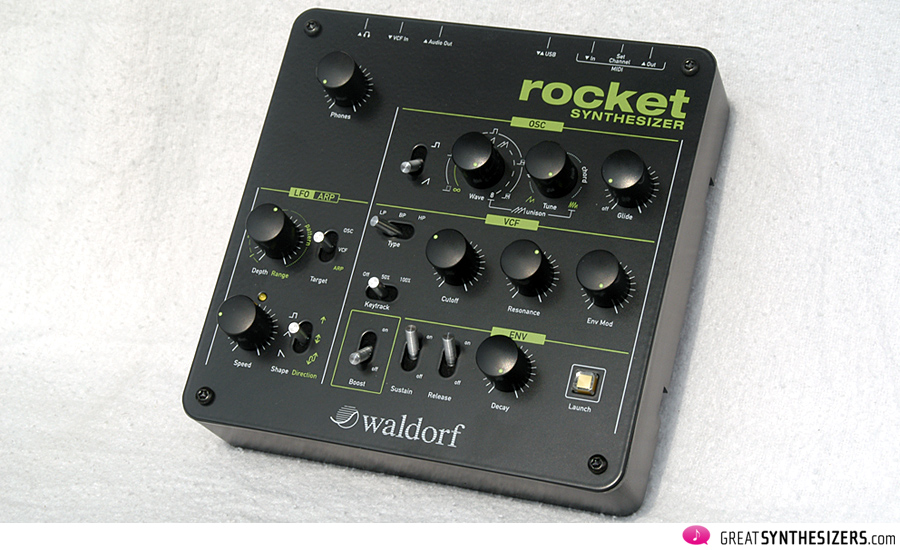
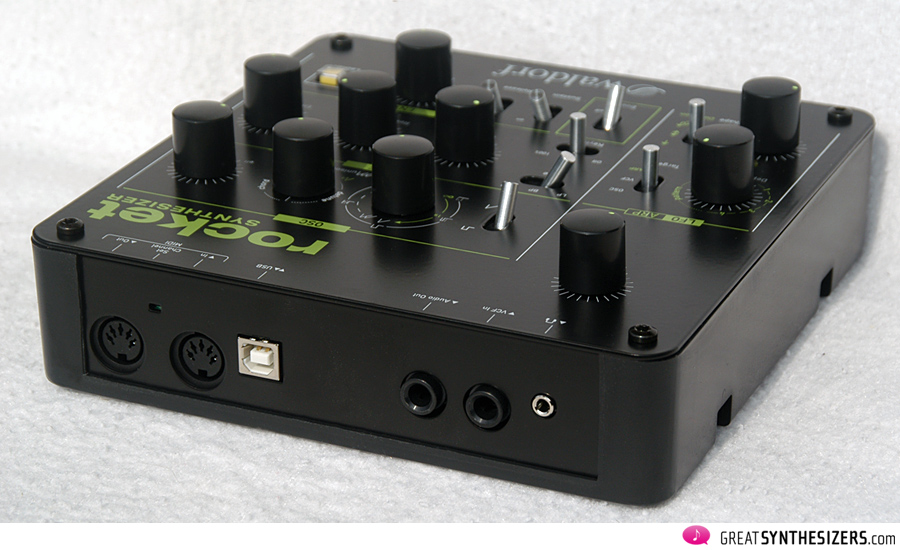
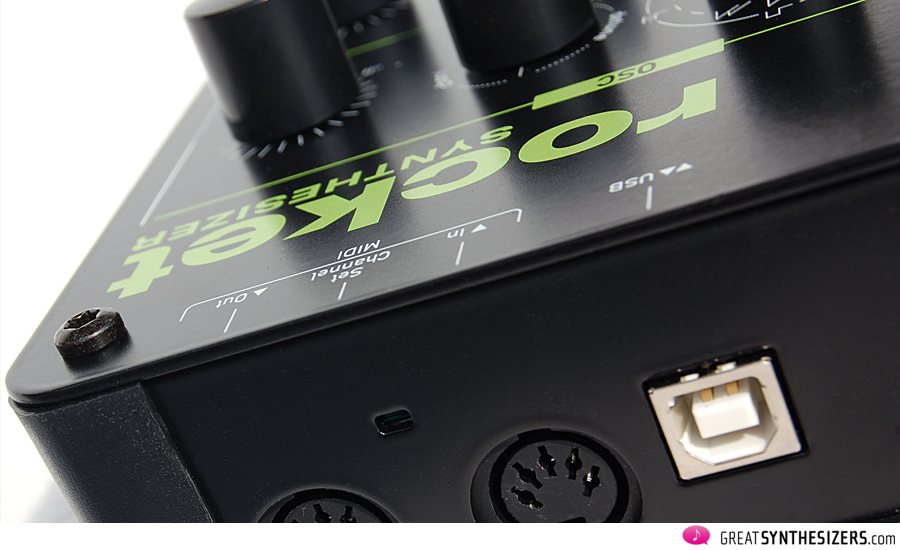

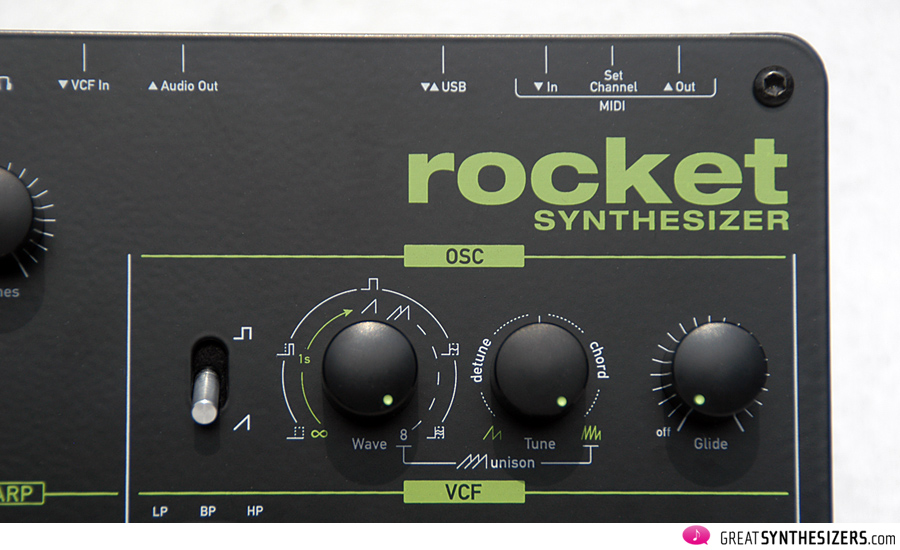

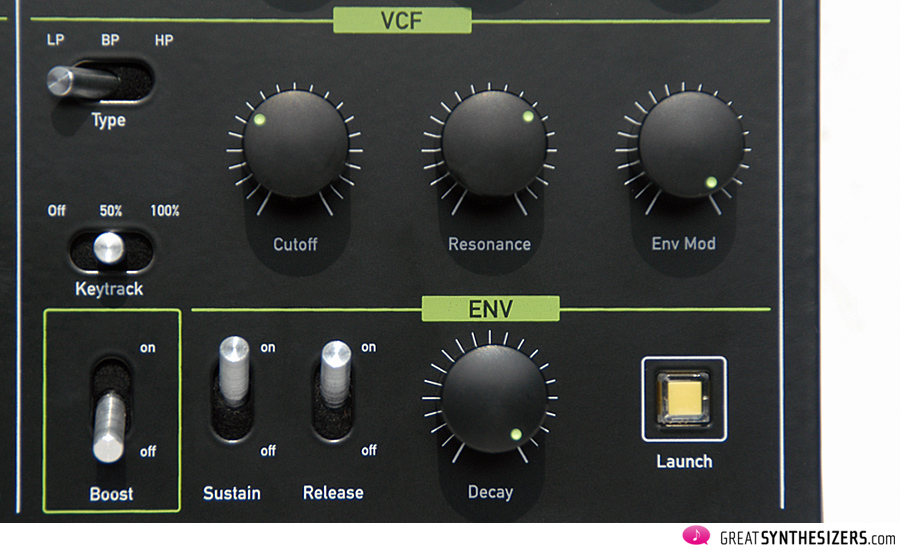

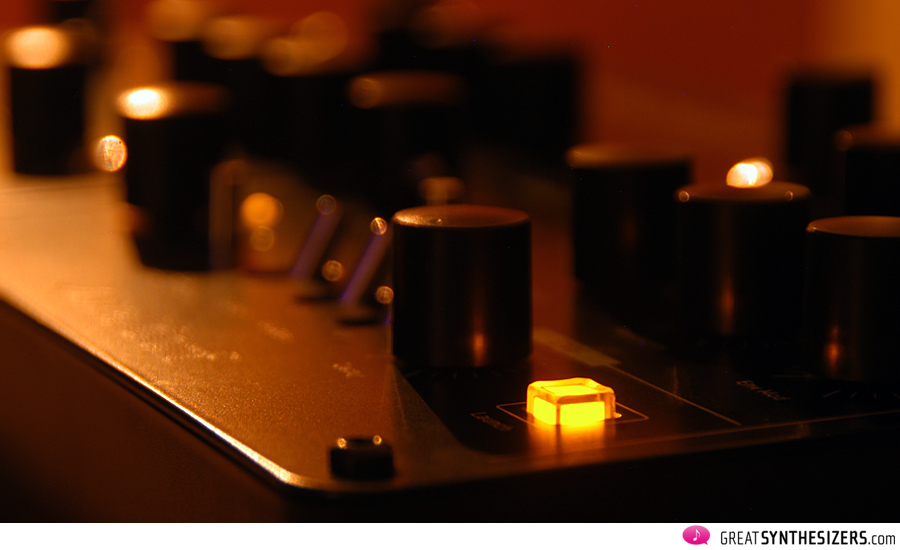

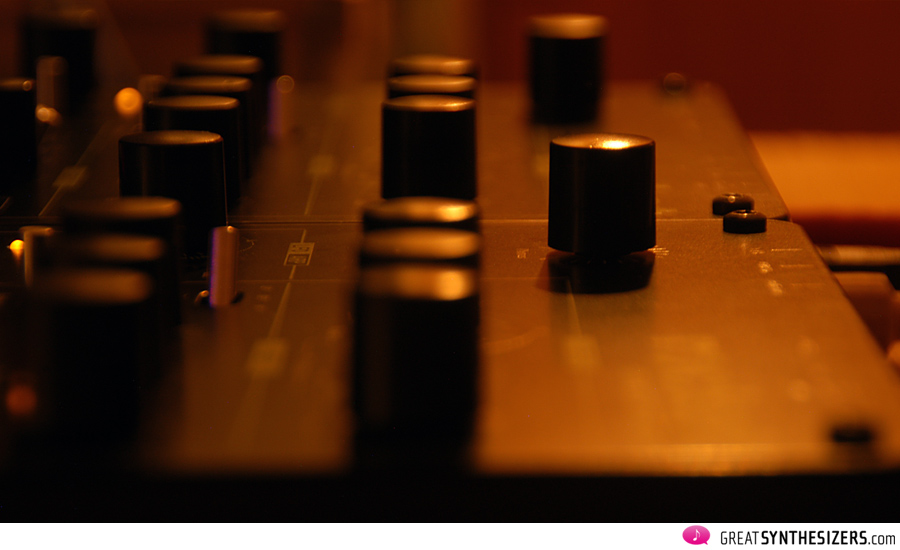
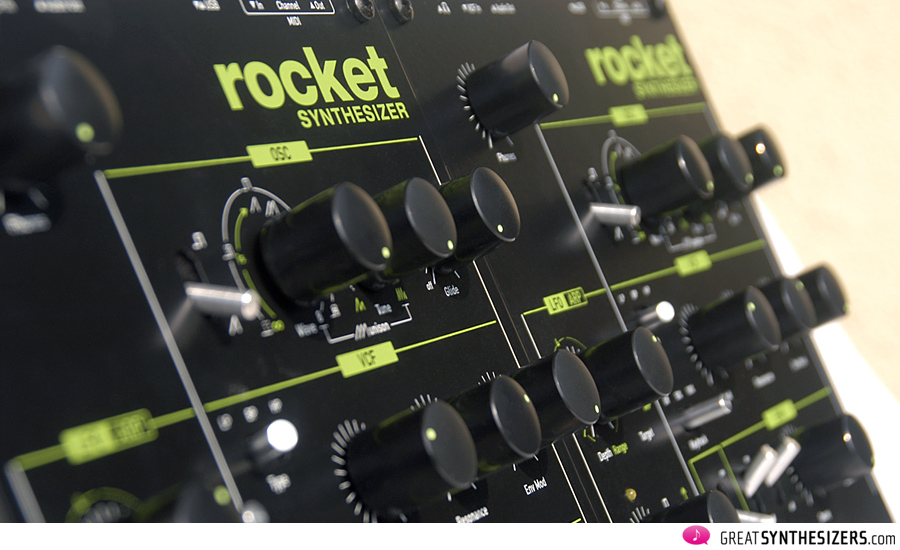
Quiero saber su precio y donde comprarlo.
El precio es de 244 Euros. Para obtener más información, visite el sitio web de Waldorf.
GreatSynthesizers even answers to people speaking in other languages :D You are truly funny !
…speaking of the Rocket, the lack of attack control and absolute tuning kills it for me. I’m looking for my first little analog//at least analog-filtered synth, and this one won’t make it :(
Great testing, of course ;)
@ other languages: Google Translate is the key …
Hi! We have recently completed our review of Rocket here: http://en.audiofanzine.com/digital-synth-rack-sound-module/waldorf/rocket/editorial/reviews/monster-sound.html check it out!
Thanks for the review and the terrific demo pieces you created. More than any other review I’ve read/heard, this gives me a great idea of the quality and versatility of this instrument.
Can you use a USB power brick to plug into the wall with the USB cable?
… I don’t think so. It comes with its own USB power adapter, though …